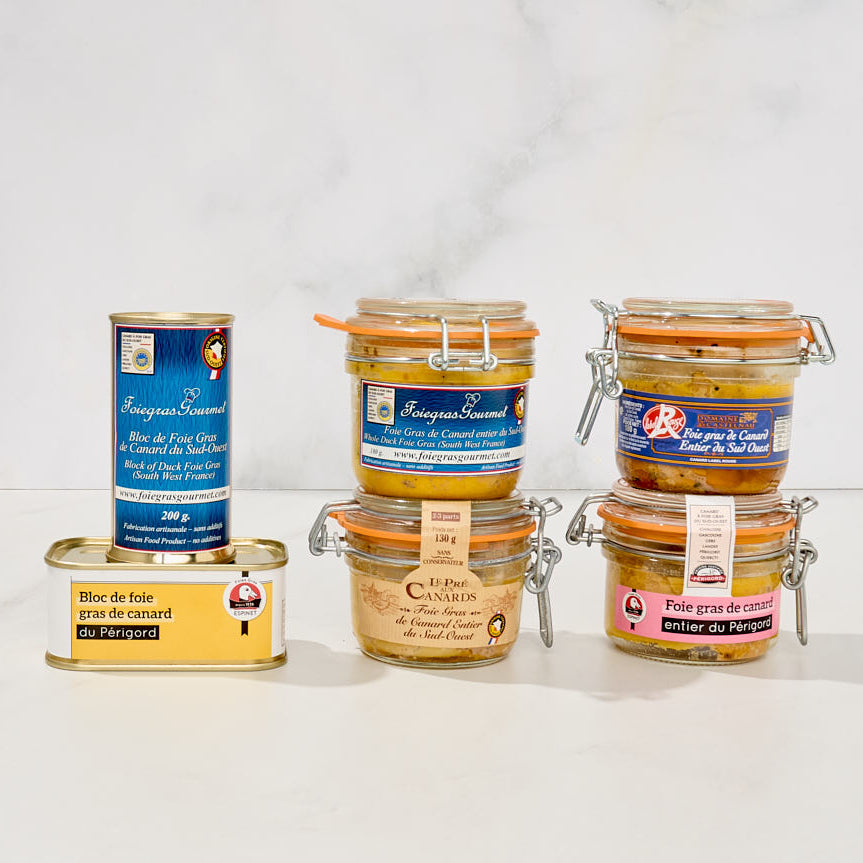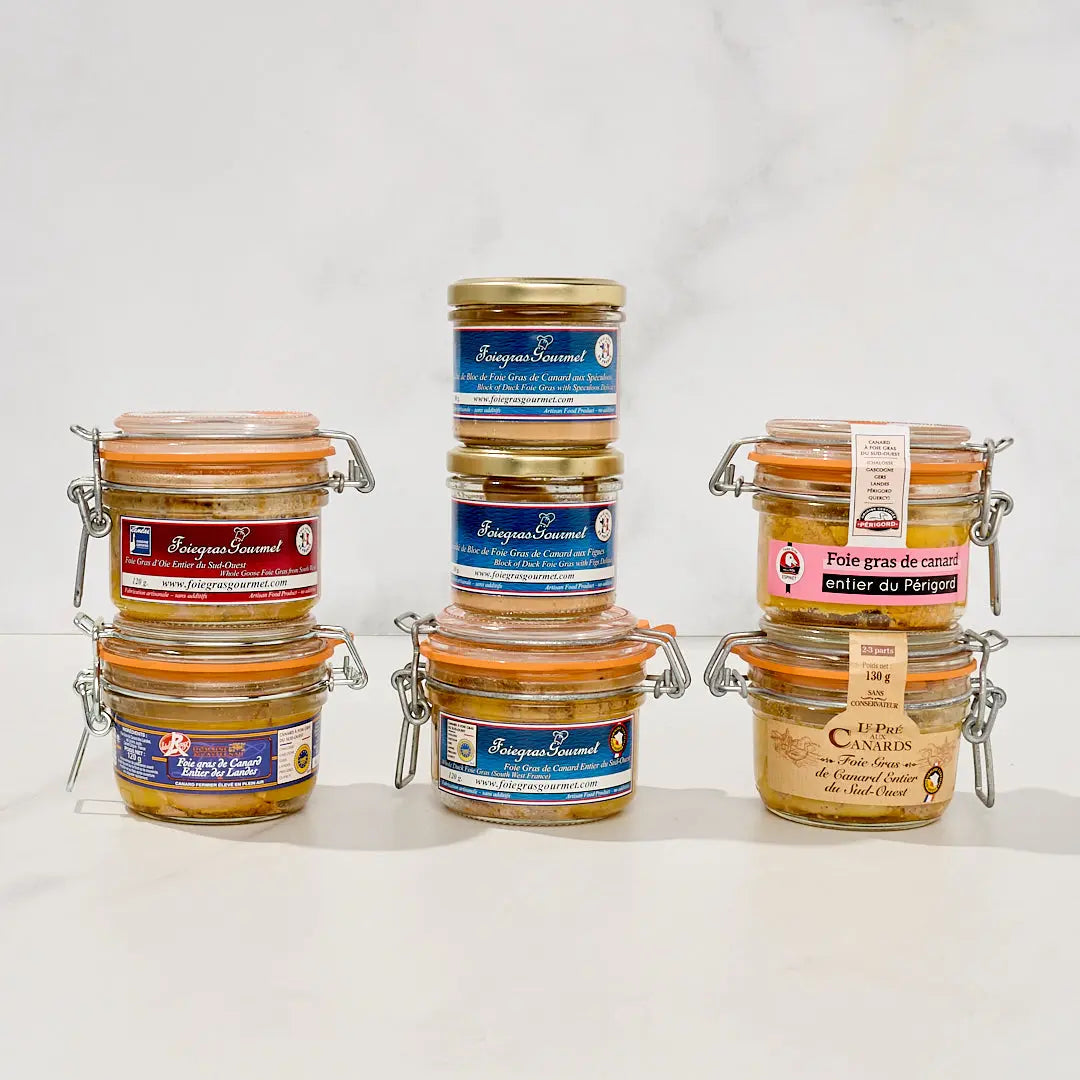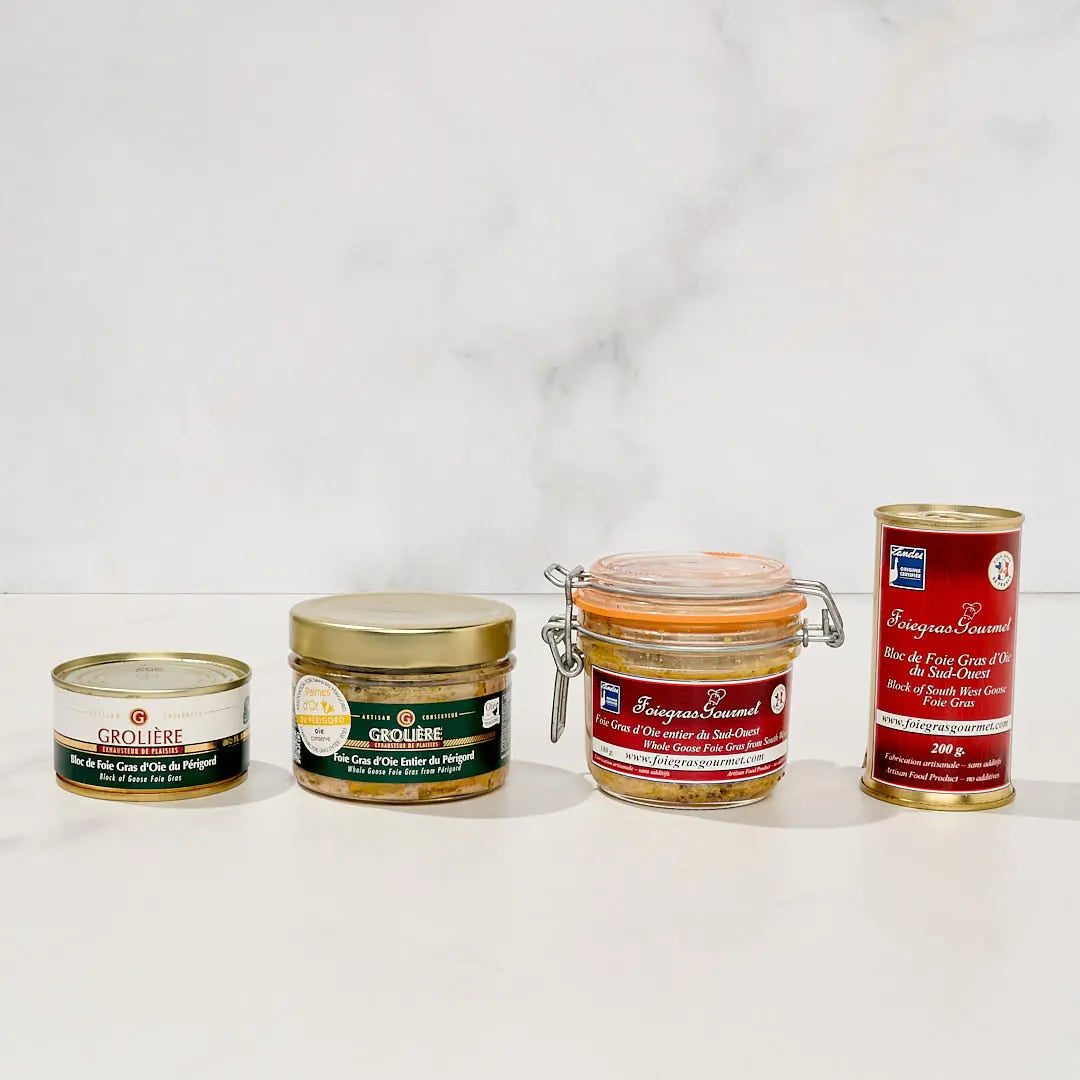The Foie Gras history
Since first discovered by the Ancient Egyptians over 4,500 years ago, foie gras has become a renowned delicacy right across the world:
The story of foie gras begins with the Pharaohs
Ducks and geese flew over the banks of the Nile as they migrated each year. The Egyptians noticed that the geese gorged while on the fertile banks to build the energy they needed to continue their flight in safety.

So impressed by the wonderful flavour of the liver from these geese, the Ancient Egyptians began to replicate this natural feeding process.

Foie gras then became a favourite dish at banquets in Ancient Greece and in the Roman Empire
After the Ancient Egyptians, the Greeks and Romans carried on the practice of fattening ducks and geese and foie gras became a central part of their feasts. Across Roman Empire, including of course Gaul, people became experts in preparing this delicacy.
In Gaul particularly, foie gras very quickly began to grace the tables of kings and noblemen who appreciated its fine and subtle flavour.

Foie gras since the 18th Century
Corn began to be introduced to South-West France in the 1700s. This, together with the discovery of a means to sterilise and preserve food by Nicolas Appert, meant that foie gras was able to become available across the world. 



With its fine and delicate flavour, foie gras quickly became the epitome of French gastronomy, representing the very best of France’s culture and heritage.
Today, it is rare to find a reputable French restaurant on whose menu foie gras does not appear.














